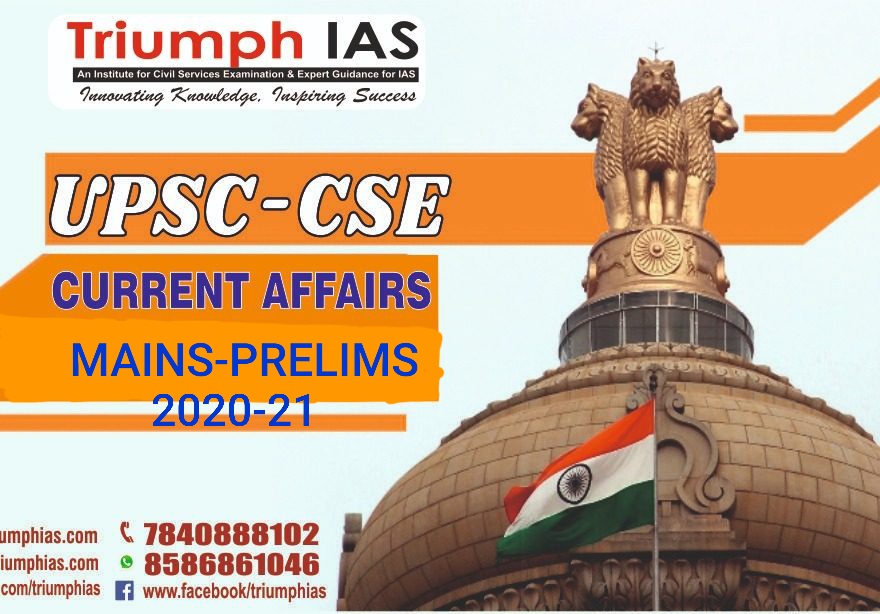Ten Percent Reservation for Economically Backward Section (EWS) to be heared by Five Judge Constitution Bench.
The Supreme Court has referred to a five-judge Constitution Bench a batch of petitions challenging the 103rd Constitution Amendment of 2019 that provides 10% reservation for Economically Backward Section (EWS).
What is the amendment?
- It provides for 10% reservation in government jobs and educational institutions for EWS, by amending Articles 15 and 16 that deal with the fundamental right to equality.
- While Article 15 prohibits discrimination on grounds of religion, race, caste, sex or place of birth, Article 16 guarantees equal opportunity in matters of public employment. An additional clause was added to both provisions, giving Parliament the power to make special laws for EWS like it does for Scheduled Castes, Scheduled Tribes and Other Backward Castes. The states are to notify who constitute EWS to be eligible for reservation.
What does the reference mean?
- A reference to a larger Bench means that the legal challenge is an important one. As per Article 145(3) of the Constitution, “the minimum number of Judges who are to sit for the purpose of deciding any case involving a substantial question of law as to the interpretation of this Constitution” shall be five.
- The Supreme Court rules of 2013 also say that writ petitions that allege a violation of fundamental rights will generally be heard by a bench of two judges unless it raises substantial questions of law. In that case, a five-judge bench would hear the case.
- Laws made by Parliament are presumed to be constitutional until proven otherwise in court. The SC had refused to stay the 103rd Amendment. A reference will make no difference to the operation of the EWS quota.
What are the grounds of challenge?
- The law was challenged primarily on two grounds. First, it violates the Basic Structure of the Constitution. This argument stems from the view that the special protections guaranteed to socially disadvantaged groups is part of the Basic Structure and that the 103rd Amendment departs from this by promising special protections on the sole basis of economic status. Although there is no exhaustive list of what forms the Basic Structure, any law that violates it is understood to be unconstitutional. The petitioners have also challenged the amendment on the grounds that it violates the SC’s 1992 ruling in Indra Sawhney & Ors v Union of India, which upheld the Mandal Report and capped reservations at 50%. In the ruling, the court held that economic backwardness cannot be the sole criterion for identifying backward class.
- Another challenge has been made on behalf of private, unaided educational institutions. They have argued that their fundamental right to practise a trade/profession is violated when the state compels them to implement its reservation policy and admit students on any criteria other than merit.
What are the government’s arguments?
- The Ministry of Social Justice and Empowerment filed counter-affidavits to defend the amendment. When a law is challenged, the burden of proving it unconstitutional lies on the petitioners.
- The government argued that under Article 46 of the Constitution, part of Directive Principles of State Policy, it has a duty to protect the interests of economically weaker sections. “The State shall promote with special care the educational and economic interests of the weaker sections of the people, and, in particular, of the Scheduled Castes and the Scheduled Tribes, and shall protect them from social injustice and all forms of exploitation,” the law says.
- On the challenge that the amendment violates the Basic Structure, the government argued that “to sustain a challenge against a constitutional amendment, it must be shown that the very identity of the Constitution has been altered”.
- Countering the claims that the amendment violates the Indra Sawhney principle, the government relied on a 2008 ruling— Ashok Kumar Thakur v Union of India, in which the SC upheld the 27% quota for OBCs. The argument is that the court accepted that the definition of OBCs was not made on the sole criterion of caste but a mix of caste and economic factors, to prove that there need not a sole criterion for according reservation.
- For the unaided institutions, the government argued that the Constitution allows the Parliament to place “reasonable restrictions” on the right to carry on trade.
What are the terms of reference framed by the court?
- The SC agreed that the case involved at least three substantial questions of law, whether: economic criteria alone cannot be the basis to determine backwardness; the EWS quota exceeds the ceiling cap of 50% set by the court; the rights of unaided private educational institutions.
- Although Chief Justice of India S A Bobde heads the Bench that made the reference, the case could wait to be heard by a larger Bench. The timing depends on the court’s resources as it would have to spare five judges and allocate time to the larger Bench hearing. As of July 1, there are at least pending 46 cases that require hearing by a minimum of five judges.





